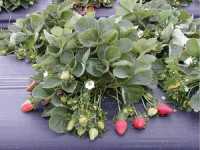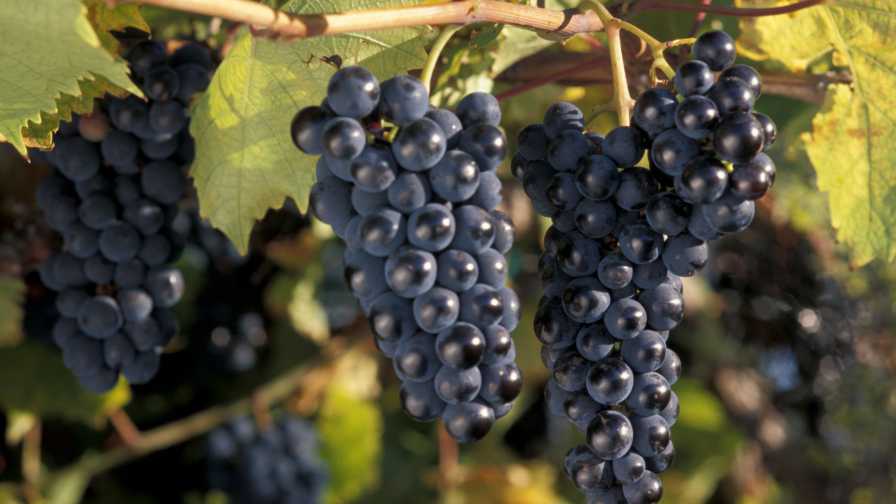Strawberry Varieties Stay The Same For 2007 Growing Season

In Florida’s main strawberry production area, which is between 15 and 30 miles east of Tampa, the percentage of the acreage in various strawberry cultivars will be about the same for the 2007-2008 season as it was for the previous season: approximately 60% Festival, 15% Treasure, 10% Driscoll cultivars, and 20% other (mostly Camino Real, Carmine, Winter Dawn, and Camarosa).
Festival (pictured), released from the University of Florida (UF) in 2000, is a grower favorite because it has a sturdy bush that is easy to harvest, doesn’t yield huge quantities of fruit on any one date, and produces very few cull fruit. Festival is a supermarket favorite because its fruit are attractive, fit well in 1 pound clamshell containers, and have a long shelflife.
Treasure (introduced in 2000 by J & P Research Inc. of Naples) is well adapted to the west central Florida production area. This cultivar is resistant to Colletotrichum crown rot, and its fruit have a deep red exterior color and are resistant to abrasion.
Camino Real, a 2001 release from the University of California (UC), is a late-producing cultivar that has large, attractive fruit.
Carmine, a 2002 UF release, can produce high mid-season yields. Its fruit are deep red and glossy. Internal fruit tissue is also a deep red, and contains generous levels of antioxidants. High-density plantings of Carmine (up to 33,000 plants per acre) have been successful because of the compact nature of the plant and the fact that Carmine has good resistance to Botrytis and anthracnose fruit rots.
Winter Dawn, a 2005 UF release, can produce higher November through February yields than other cultivars when planted the last week of September or the first week of October. Also, Winter Dawn can produce relatively large fruit on small plants. Like Carmine, its fruit are resistant to Botrytis and anthracnose fruit rots.
Camarosa, a 1993 UC release, has performed well throughout Florida. Camarosa can be quite vigorous, and has high total-season yield potential. Its fruit are typically very large and firm, deep red, and flavorful when fully mature. However, it is susceptible to anthracnose fruit rot and powdery mildew.
Although Sweet Charlie, a 1992 release from UF, is no longer an important cultivar in west central Florida because of the short shelflife of its fruit during warm weather, it can still be useful for strawberry growers in other areas of the Southeastern U.S. who want early, flavorful fruit to sell directly to the consumer.
On The Horizon
Two advanced selections from the UF breeding program will be evaluated in grower trials during the 2007-2008 season. FL 01-116 (pictured) has the potential to produce high early-season yields of large, attractive fruit. Its canopy is open, making for easy spray penetration and harvest. FL 00-51 (pictured) is also an early producer, and its fruit are large, firm, and flavorful. But because its fruit are quite susceptible to rain damage, it will be evaluated only in protected culture (greenhouse and plastic tunnel) trials.









